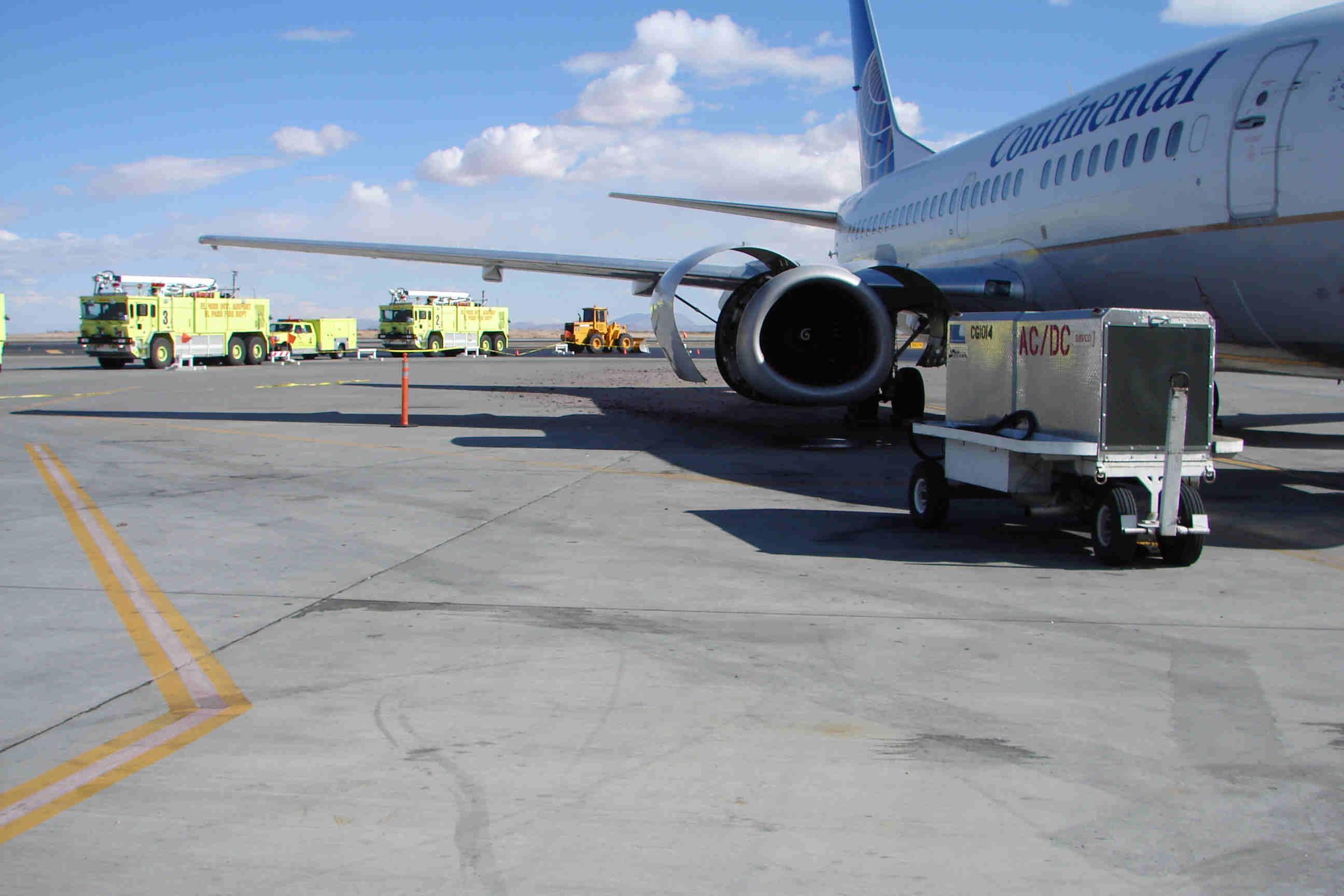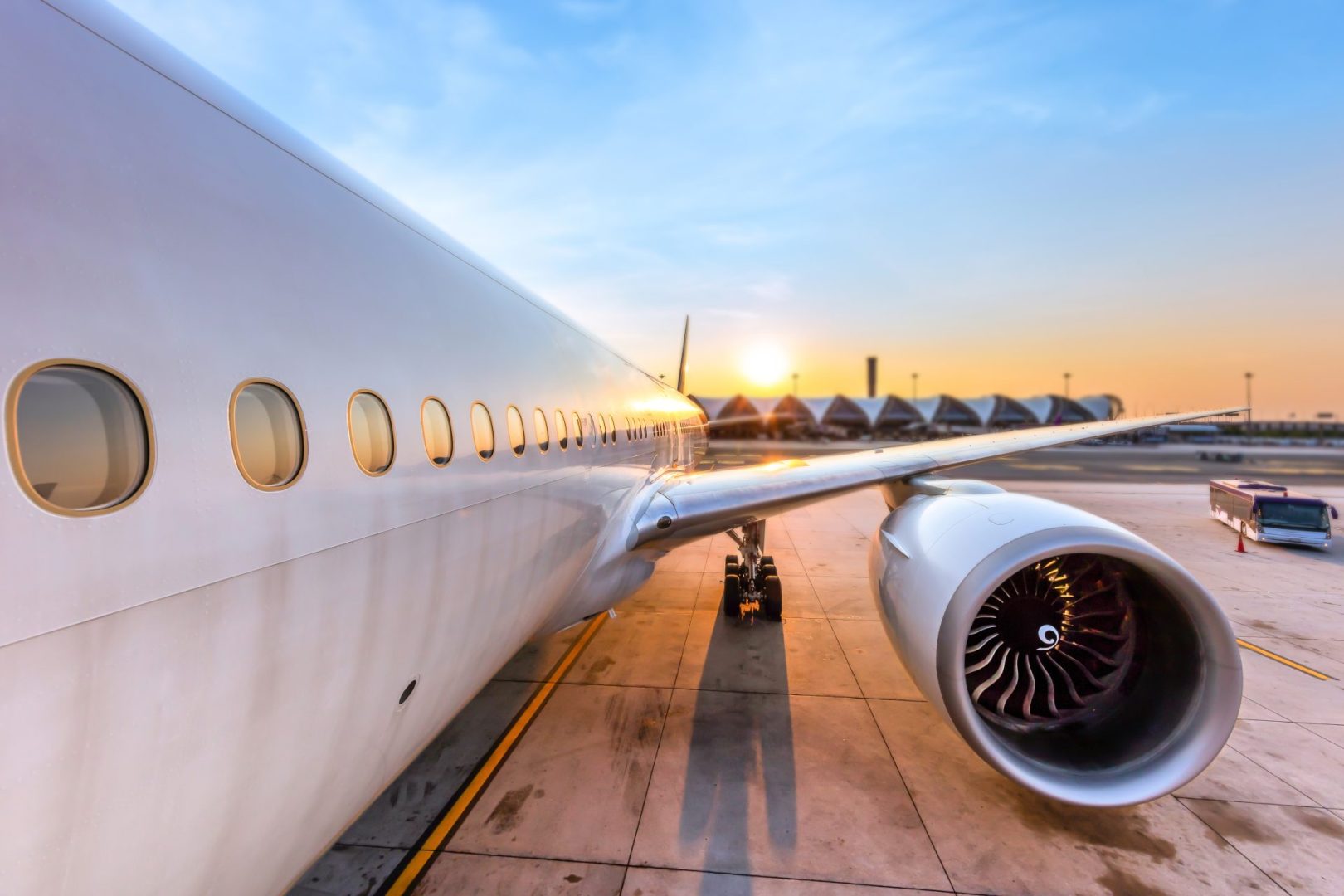Guy Gets Sucked Into Plane Engine: The Shocking Incident You Need To Know About
Imagine this: You're standing near a massive jet engine, and suddenly, without warning, you're pulled into its roaring force like a leaf in a tornado. Sounds like something out of an action movie, right? Well, believe it or not, incidents where people get sucked into plane engines are more real than you think. This is no joke, folks. It's a dangerous situation that highlights the raw power of aviation technology and the importance of safety protocols. Today, we're diving deep into one of the most shocking aviation incidents involving a guy getting sucked into a plane engine.
Now, you might be wondering, "How does something like this even happen?" Great question! We'll break it down for you step by step. From the physics behind the suction power of jet engines to the safety measures in place to prevent such accidents, we've got you covered. But first, let's set the stage. Picture a bustling airport, a maintenance crew hard at work, and one unfortunate soul who finds himself in the wrong place at the wrong time. This is where our story begins.
As we explore this harrowing tale, we'll also touch on the lessons learned, the changes made in aviation safety, and how you can stay safe if you ever find yourself near an airplane. So buckle up, because this is one ride you won't forget. Let's dive into the world of aviation safety and uncover the truth behind these terrifying incidents.
- Unveiling The Timeless Beauty Images Of Joni Mitchell
- Ella Olivia Stiller Movies A Rising Star In The Spotlight
Understanding Jet Engine Power: A Glimpse Into the Beast
Before we get into the nitty-gritty of what happened, let's take a moment to understand just how powerful jet engines really are. We're talking about machines that can generate enough thrust to lift hundreds of tons into the air. That's no small feat, my friends. Jet engines operate on a principle called Newton's Third Law of Motion: for every action, there's an equal and opposite reaction. In simple terms, the engine sucks in air, compresses it, mixes it with fuel, and then ignites it, creating a powerful stream of exhaust that propels the plane forward.
How Powerful Are Jet Engines?
Here's where it gets interesting. A typical commercial jet engine can produce anywhere from 50,000 to over 100,000 pounds of thrust. That's enough power to create a vacuum strong enough to suck in anything within its vicinity. And we're not just talking about small objects here. We're talking about people, debris, and anything else unlucky enough to be in the way. The suction force is so intense that it can pull objects in from several feet away. Scary stuff, right?
What Happens When Someone Gets Sucked Into a Plane Engine?
So, what exactly happens when someone gets too close to a running jet engine? Well, the results can be catastrophic. The sheer force of the suction can rip clothing off, break bones, and cause severe injuries—or worse. In some cases, the person may be pulled entirely into the engine, leading to fatal consequences. It's a grim reality that underscores the importance of safety protocols around aircraft.
- Ncis Origins Episode 14 Dive Into The Actionpacked World Of Crime Investigation
- Reggie Bush And Kim K The Story Behind The Headlines
The Physics Behind the Suction
The suction force generated by a jet engine is due to the difference in pressure between the air inside the engine and the air outside. As the engine operates, it creates a low-pressure zone at the intake, which pulls in surrounding air. Anything within that zone is at risk of being sucked in. This phenomenon is known as the Bernoulli Principle, and it's the same principle that allows airplanes to fly. But in this case, it's not so uplifting.
Real-Life Incident: The Shocking Case of Guy Gets Sucked Into Plane Engine
Now, let's talk about the incident that brought this issue to the forefront. In a shocking turn of events, a maintenance worker at a major airport found himself in the path of a running jet engine. Despite the safety protocols in place, a series of unfortunate events led to him being pulled into the engine. The details are both harrowing and educational, offering a glimpse into the dangers of working around aircraft.
What Went Wrong?
So, what exactly went wrong? Investigations revealed that a combination of human error and inadequate safety measures contributed to the incident. The worker was reportedly too close to the engine while it was running, violating safety protocols. Additionally, the warning signs and barriers in place were either ignored or insufficient. It's a sobering reminder of the importance of following safety procedures to the letter.
Safety Protocols: What You Need to Know
After such incidents, it's natural to wonder what safety measures are in place to prevent them. The aviation industry has stringent protocols designed to keep people safe around aircraft. These include physical barriers, warning signs, and mandatory safety training for all personnel working near planes. But as we've seen, even the best protocols can fail if not followed correctly.
Key Safety Measures
- Physical barriers around running engines
- Clear warning signs indicating danger zones
- Mandatory safety training for all staff
- Regular inspections and maintenance of safety equipment
The Impact on Aviation Safety
Incidents like these have a significant impact on the aviation industry. They serve as a wake-up call, prompting airlines and airports to reevaluate their safety procedures. New technologies and improved protocols are often introduced in response to such events, ensuring that the same mistakes aren't repeated. It's a constant process of learning and adapting to make air travel safer for everyone.
Lessons Learned
One of the key lessons learned from these incidents is the importance of vigilance. No matter how experienced someone is, they must always be aware of their surroundings and adhere to safety protocols. Additionally, the industry has placed a greater emphasis on technology, such as proximity sensors and automated warning systems, to enhance safety around aircraft.
Preventing Future Incidents
So, how can we prevent these kinds of incidents from happening in the future? The answer lies in a combination of technology, training, and vigilance. By investing in advanced safety systems and ensuring that all personnel are well-trained and aware of the risks, we can significantly reduce the likelihood of such accidents occurring.
Innovative Solutions
Some of the innovative solutions being implemented include:
- Proximity sensors that alert workers when they're too close to a running engine
- Automated warning systems that provide real-time alerts
- Improved safety training programs that emphasize the importance of following protocols
Expert Insights: What the Experts Say
To gain a deeper understanding of this issue, we reached out to aviation experts and safety professionals. Their insights shed light on the complexities of aviation safety and the ongoing efforts to improve it. According to one expert, "Every incident is a learning opportunity. By analyzing what went wrong and implementing changes, we can make air travel safer for everyone."
Expert Opinions
Experts agree that while technology plays a crucial role in enhancing safety, human factors remain a significant challenge. "It's not just about having the right equipment," says another expert. "It's about ensuring that everyone understands the importance of following safety protocols and takes them seriously."
Conclusion: Staying Safe Around Aircraft
In conclusion, the incident of a guy getting sucked into a plane engine serves as a stark reminder of the dangers associated with working around aircraft. By understanding the power of jet engines, adhering to safety protocols, and embracing new technologies, we can work towards a safer aviation industry. So, the next time you're near an airplane, remember to stay alert and follow the rules. Your safety depends on it.
We'd love to hear your thoughts on this topic. Have you ever encountered a situation where safety protocols were ignored? Share your experiences in the comments below. And don't forget to check out our other articles for more insights into the world of aviation safety. Stay safe, and happy flying!
Table of Contents
- Understanding Jet Engine Power: A Glimpse Into the Beast
- How Powerful Are Jet Engines?
- What Happens When Someone Gets Sucked Into a Plane Engine?
- The Physics Behind the Suction
- Real-Life Incident: The Shocking Case of Guy Gets Sucked Into Plane Engine
- What Went Wrong?
- Safety Protocols: What You Need to Know
- Key Safety Measures
- The Impact on Aviation Safety
- Lessons Learned
- Preventing Future Incidents
- Innovative Solutions
- Expert Insights: What the Experts Say
- Expert Opinions
- Conclusion: Staying Safe Around Aircraft



Detail Author:
- Name : Dr. Madisen Fay
- Username : ellen.mckenzie
- Email : karina99@ryan.biz
- Birthdate : 2002-10-30
- Address : 6574 Roel Plain Suite 638 North Neha, PA 13120-6470
- Phone : 412.876.8446
- Company : Goyette, Kessler and Batz
- Job : Pantograph Engraver
- Bio : Repellat molestias sit hic. Molestias quisquam sit ex totam dolorum aliquam nemo. Consequatur ut eum eaque sit quia sed. Cumque aperiam iure expedita est ducimus aut quam.
Socials
linkedin:
- url : https://linkedin.com/in/anabel_glover
- username : anabel_glover
- bio : At commodi labore corporis aliquam.
- followers : 6001
- following : 260
facebook:
- url : https://facebook.com/glovera
- username : glovera
- bio : Iure pariatur accusantium excepturi in voluptates error.
- followers : 2523
- following : 2089
tiktok:
- url : https://tiktok.com/@anabel_official
- username : anabel_official
- bio : Omnis voluptas inventore eaque quos.
- followers : 2778
- following : 2355